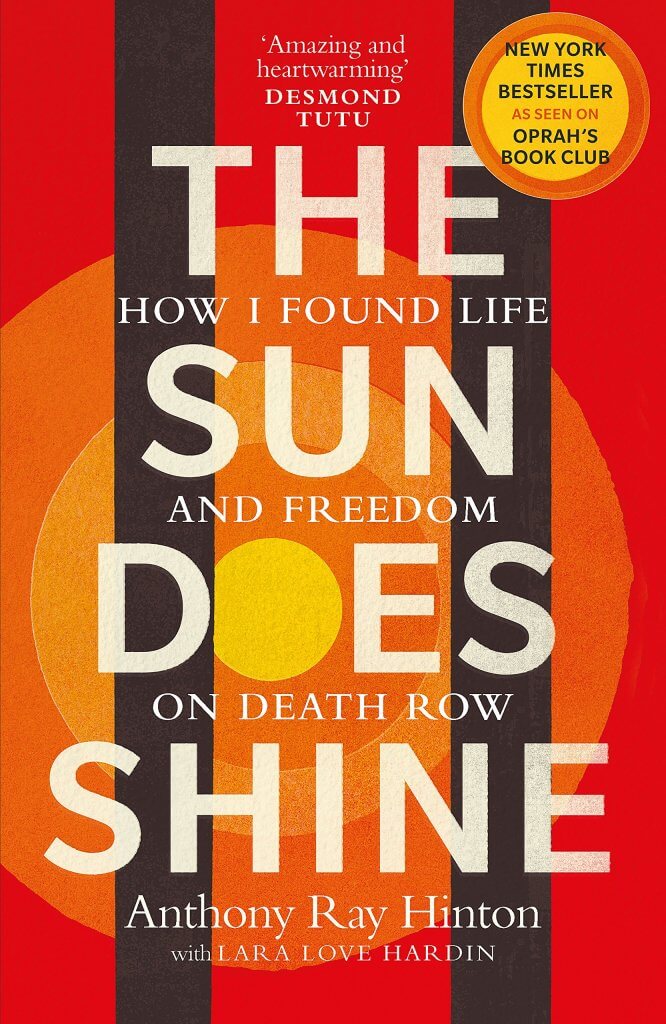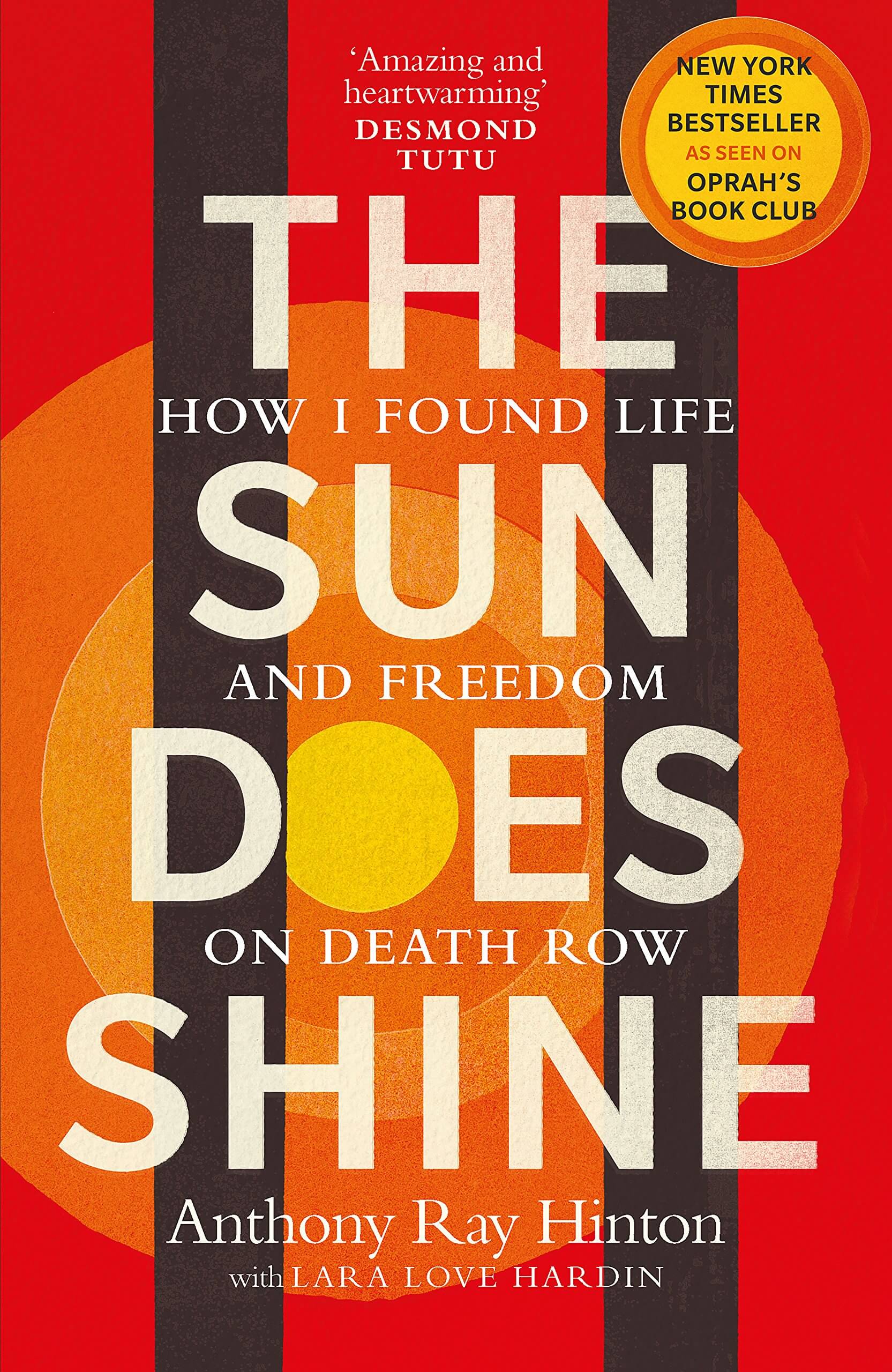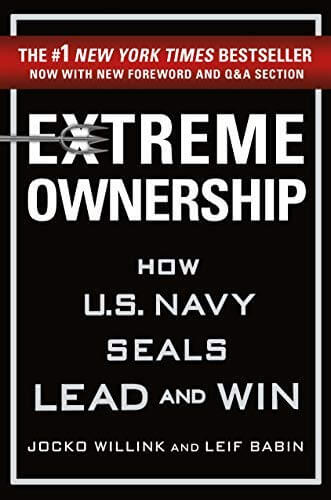
Introduction
Ever wondered what life is like on Death Row? “The Sun Does Shine: How I Found Life and Freedom on Death Row” is an eye-opening memoir written by Anthony Ray Hinton who spent 30 years wrongfully convicted.
This blog post will delve into the depths of Hinton’s journey, from his ordeal through to his release, instilling in you a new understanding of human resilience. Don’t miss out; this story shines light into some dark corners!
Key Takeaways
- “The Sun Does Shine” is a memoir written by Anthony Ray Hinton, who spent 30 years wrongfully convicted on death row.
- Hinton’s experience on death row was shaped by racial discrimination and witnessing police racism in Alabama.
- Despite facing injustice and living in constant fear of execution, Hinton found solace in imagination, books, and connections with fellow inmates.
- With the help of a tenacious lawyer and a Supreme Court ruling, Hinton eventually found hope, justice, and freedom after his wrongful conviction was overturned.
- After his release from prison, Hinton faced challenges adjusting to life outside and emphasized the importance of forgiveness in moving forward.
Anthony Ray Hinton’s Experience on Death Row
Anthony Ray Hinton’s experience on death row was shaped by growing up in Alabama amidst racial discrimination and witnessing police racism. He was wrongly convicted and let down by his lawyer, leading to a life devoid of dignity and freedom on death row, where he lived in constant fear of execution.
However, Hinton found solace in imagination and books, forming connections with fellow inmates along the way.
Growing up in Alabama amidst racial discrimination
Born and raised in Alabama, Anthony Ray Hinton’s early life was colored by racial discrimination. Widespread prejudice and deep-seated racism were aspects of daily reality that he had to navigate as a black man in the South.
This environment would later become a critical factor hindering his search for justice when unjustly accused of crimes he didn’t commit. These injustices are chronicled vividly in his memoir “The Sun Does Shine: How I Found Life and Freedom on Death Row,” co-written with Lara Love Hardin.
The narrative stands not just as an individual’s personal tale but also symbolizes the struggles faced by African Americans due to systemic bias within society and the legal system.
Arrested for crimes he didn’t commit and witnessed police racism
Anthony Ray Hinton’s journey to death row began with his wrongful arrest for crimes he did not commit. Growing up in Alabama, Hinton experienced the harsh realities of racial discrimination, which unfortunately continued when he found himself on the wrong side of the law.
Throughout his ordeal, Hinton witnessed firsthand the racism within the police force and was let down by a lawyer who failed to adequately defend him. Despite maintaining his innocence, he was convicted and sentenced to death, leaving him trapped in a life devoid of dignity and freedom.
These experiences highlighted deep flaws within the criminal justice system and served as a stark reminder of the importance of compassion and justice for all individuals involved.
Let down by his lawyer and wrongly convicted
Anthony Ray Hinton’s experience on death row was filled with injustice and betrayal. He was let down by his lawyer and wrongly convicted for crimes he did not commit. Growing up in Alabama amidst racial discrimination, Hinton already faced numerous challenges from a young age.
But it was the arrest that would change his life forever. During his time on death row, Hinton witnessed firsthand the racism within the police force and saw how it affected not only him but also other inmates.
His lawyer failed to adequately represent him, leading to an unfair conviction that stripped him of his dignity and freedom. Living with constant fear of execution, Hinton found solace in imagination and books as a means to escape the harsh reality of prison life.
Life devoid of dignity and freedom on death row
Anthony Ray Hinton’s life on death row was a harrowing experience filled with despair and injustice. Growing up in Alabama amidst racial discrimination, he witnessed firsthand the deep-rooted racism within the police force.
Unfortunately, his own encounter with this prejudice came when he was wrongfully arrested for crimes he did not commit. His lawyer failed him, and despite his innocence, Hinton found himself convicted and sentenced to death.
Life on death row stripped Hinton of any sense of dignity and freedom. He lived in constant fear of execution, unsure if each day would be his last. Yet amid these bleak circumstances, Hinton found solace by connecting with fellow inmates who shared similar experiences.
Their shared pain brought them together and helped them find a glimmer of hope in their unimaginable situation.
One thing that sustained Hinton through his long years on death row was his imagination and love for books. Escaping into literature allowed him to transcend the physical confines of prison walls and live vicariously through the stories he read.
It provided him moments of respite from the harsh reality surrounding him.
Constant fear of execution
Living on death row, Anthony Ray Hinton endured constant fear of execution, unsure of when or if his life would be taken away from him. For 30 long years, he lived with the looming threat of imminent death while maintaining his innocence.
This fear was a daily presence in Hinton’s life as he navigated the harsh reality of prison and grappled with the injustice that had landed him on death row. The uncertainty and anxiety surrounding his fate served as a constant reminder of the flawed criminal justice system that allowed an innocent man to suffer such an unjust punishment.
Finding commonalities with fellow inmates
In “The Sun Does Shine,” Anthony Ray Hinton finds solace and connection with his fellow inmates on death row. Despite their different backgrounds and circumstances, they share a common experience of injustice and loss of freedom.
Hinton discovers that many of his fellow prisoners have also been wrongly convicted or sentenced to death for crimes they did not commit. Together, they form a support system, offering each other comfort and understanding in the face of their unimaginable circumstances.
Through these connections, Hinton learns the power of compassion and the importance of finding hope even in the darkest places.
Finding solace in imagination and books
Hinton found solace and escape from the harsh realities of life on death row through his vivid imagination and love for reading. As he was deprived of physical freedom, Hinton turned to books as a means of mental liberation.
Through the pages of numerous novels, he could transport himself to different worlds, experiencing joy, adventure, and companionship that were otherwise absent in his daily life. Books became a source of comfort and a way to transcend the confines of his prison cell.
They provided him with hope, inspiration, and intellectual stimulation while serving as a reminder that there was still beauty and possibility beyond the bars. In this limited world filled with darkness and despair, Hinton’s dedication to literature allowed him to find moments of lightness and profound connection within the depths of his own imagination.
Hope and Justice
Hinton’s hope is reignited when a tenacious lawyer takes on his case, believing in his innocence. The Supreme Court ruling provides a breakthrough, leading to Hinton’s eventual release and reentry into society.
This inspiring journey of hope and justice will leave readers captivated and wanting more. Read on to discover the powerful story of Anthony Ray Hinton’s fight for freedom.
A tenacious lawyer gives Hinton hope
Hinton’s journey towards freedom takes a significant turn when he encounters a tenacious lawyer who believes in his innocence. This lawyer provides Hinton with hope, pushing the boundaries of the justice system to prove his wrongful conviction.
Despite facing countless hurdles and roadblocks, this lawyer’s determination reignites Hinton’s belief in his own innocence and fuels his fight for justice. Their partnership becomes a beacon of hope in Hinton’s darkest days on death row, reminding him that there are people out there fighting for the truth and that he is not alone in his battle for freedom.
Supreme Court ruling provides a breakthrough
A major breakthrough comes for Anthony Ray Hinton when a tenacious lawyer takes on his case and fights relentlessly for his freedom. This dedicated attorney brings Hinton’s case before the Supreme Court, arguing that the evidence against him was unreliable and inadequate.
In a landmark ruling, the Supreme Court overturns Hinton’s conviction, acknowledging the flaws in the criminal justice system that led to his wrongful imprisonment. This legal victory finally paves the way for Hinton’s release from death row after more than three decades of suffering and injustice.
The Supreme Court ruling not only serves as a turning point in Hinton’s life but also shines a light on systemic issues within the court system that can lead to innocent individuals being condemned to death row.
Hinton’s release and reentry into society
After spending 30 years on death row for a crime he did not commit, Anthony Ray Hinton was finally released and faced the challenge of reintegrating into society. Adjusting to life outside of prison was not easy for Hinton, as he had become accustomed to the routines and structure of life on death row.
However, with the support of his loved ones and a strong determination to live a fulfilling life, he began the journey of rebuilding his future. Hinton’s release served as a testament to the power of hope and resilience in overcoming even the most unjust circumstances.
Through his story, “The Sun Does Shine” offers readers an inspiring example of courage and strength in the face of adversity.
Reflections on Freedom
After his release from death row, Hinton faces the challenges of adjusting to life outside of prison and reflects on the importance of forgiveness in moving forward.
Adjusting to life outside of prison
After spending over three decades on death row, Anthony Ray Hinton faced the daunting task of adjusting to life outside of prison. The transition was not easy for Hinton, as he had become accustomed to a life devoid of freedom and surrounded by constant fear and uncertainty.
However, with the support of his loved ones and a renewed sense of hope, Hinton slowly began rebuilding his life. He dedicated himself to forgiveness, refusing to let anger consume him.
Despite the challenges he faced, Hinton’s story serves as a powerful reminder of the resilience and strength of the human spirit in overcoming adversity.
Commitment to forgiveness
One of the key themes in “The Sun Does Shine” is Anthony Ray Hinton’s commitment to forgiveness. Despite enduring years of wrongful imprisonment and facing the harsh realities of life on death row, Hinton demonstrates an incredible capacity for compassion.
He recognizes that harboring anger and bitterness will only consume him from within, and instead chooses to forgive those who wronged him.
This commitment to forgiveness is a testament to Hinton’s resilience and strength. It allows him to move forward with his life after his release from prison, free from the burden of hatred.
Book Review
“The Sun Does Shine: How I Found Life and Freedom on Death Row” is a gripping memoir that sheds light on the flaws within the criminal justice system. Anthony Ray Hinton’s journey from wrongful conviction to exoneration is a testament to resilience and the fight for freedom.
The book’s powerful storytelling and message captivate readers, making it a must-read for those interested in true stories of injustice and redemption.
Summary of the book’s key themes and events
“The Sun Does Shine: How I Found Life and Freedom on Death Row” is a powerful memoir written by Anthony Ray Hinton with co-writer Lara Love Hardin. The book tells the story of Hinton’s 30-year wrongful imprisonment on death row for a crime he did not commit.
Throughout his harrowing journey, Hinton explores themes of hope, compassion, redemption, and the flaws within the criminal justice system. He shares the unimaginable challenges he faced living in constant fear on death row, but also reveals how he found solace through imagination and books.
The memoir highlights his eventual release and reentry into society, as well as his commitment to forgiveness and advocating for justice. “The Sun Does Shine” is a profound account that sheds light on the resilience of the human spirit and serves as a classic memoir chronicling wrongful imprisonment and the fight for freedom.
Personal opinion of the book
In my opinion, “The Sun Does Shine: How I Found Life and Freedom on Death Row” is a truly remarkable memoir that left a lasting impact on me. Anthony Ray Hinton’s journey from wrongful conviction to eventual exoneration is both heartbreaking and inspiring.
The book vividly portrays the harsh realities of life on death row while also highlighting the strength, resilience, and compassion that can be found even in the darkest of circumstances.
Hinton’s storytelling abilities are exceptional, drawing readers into his world and allowing them to experience his emotions firsthand. It is an important reminder of the flaws within our criminal justice system and serves as a powerful testament to the power of hope, forgiveness, and the human spirit.
Conclusion
In conclusion, “The Sun Does Shine: How I Found Life and Freedom on Death Row” is a gripping memoir that sheds light on the flaws and injustices within the criminal justice system.
Anthony Ray Hinton’s story of wrongful conviction, resilience, and ultimate exoneration is both heartbreaking and inspiring. Through his journey, Hinton reminds us of the power of hope, compassion, and forgiveness in the face of unimaginable adversity.
This book serves as a testament to the importance of fighting for justice and preserving human rights for all.
FAQs
1. What is the book “The Sun Does Shine” about?
“The Sun Does Shine” is a memoir written by Anthony Ray Hinton, who was wrongfully convicted and spent almost 30 years on death row for crimes he did not commit. The book details his journey of finding hope, resilience, and ultimately achieving freedom.
2. Who are the authors of “The Sun Does Shine”?
“The Sun Does Shine” was co-authored by Anthony Ray Hinton and Lara Love Hardin. Anthony Ray Hinton is the main subject of the memoir, while Lara Love Hardin assisted in telling his story.
3. What are some key themes explored in “The Sun Does Shine”?
Some key themes explored in “The Sun Does Shine” include racial injustice, wrongful conviction, the power of faith and resilience, human rights issues within the criminal justice system, and the importance of fighting for justice even in seemingly hopeless situations.
4. What have been some reviews or praises for “The Sun Does Shine”?
“The Sun Does Shine” has received widespread acclaim for its powerful storytelling and thought-provoking message. It has been praised for shedding light on systemic flaws within the criminal justice system and prompting discussions around race, innocence, forgiveness, and redemption.





